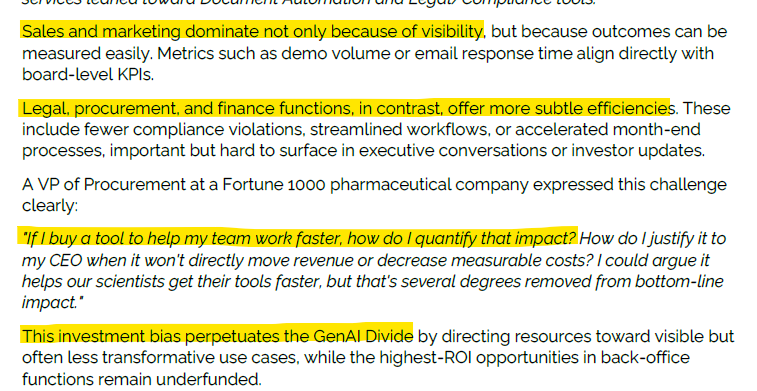
Now: Pre-Seed Investor @DeVC_Global || Prev: Founder @VerakInsurance (acq. by ID) || Views are my own
5 subscribers
How to get URL link on X (Twitter) App


 1️⃣Certain updates from BFL regarding megatrends caught my attention:
1️⃣Certain updates from BFL regarding megatrends caught my attention: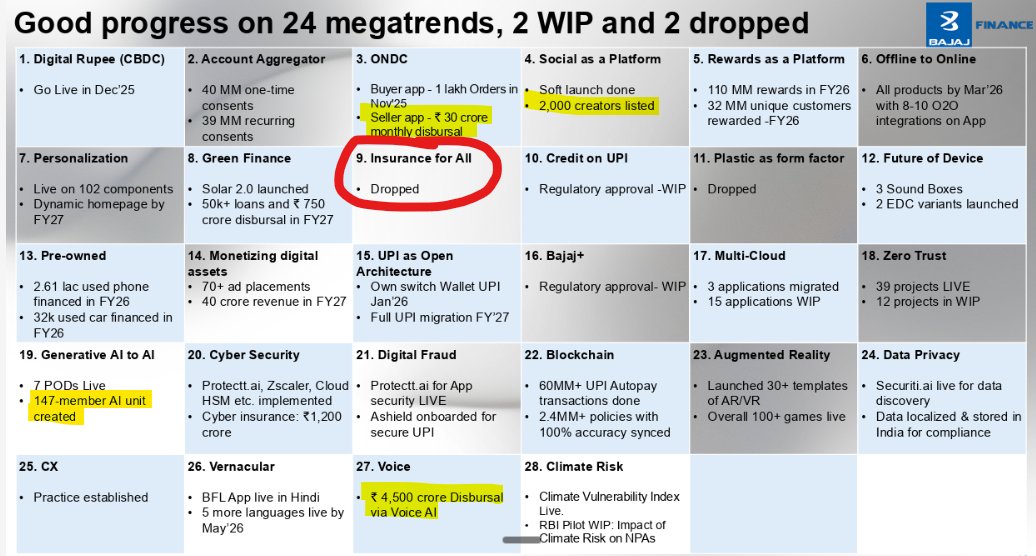


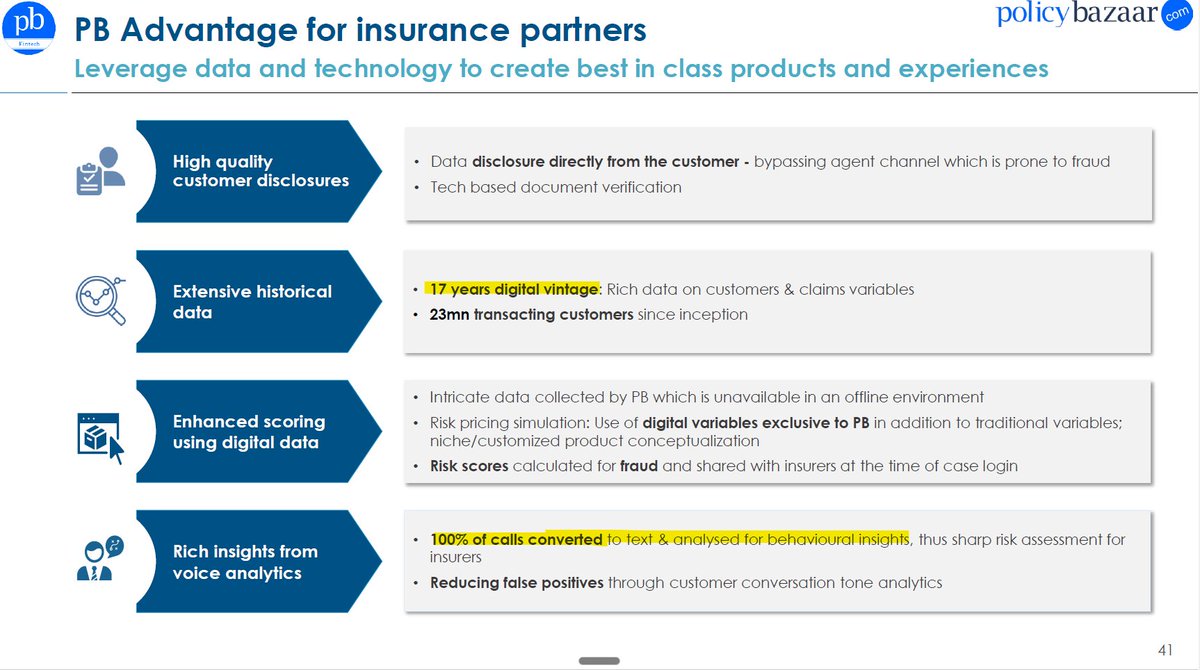






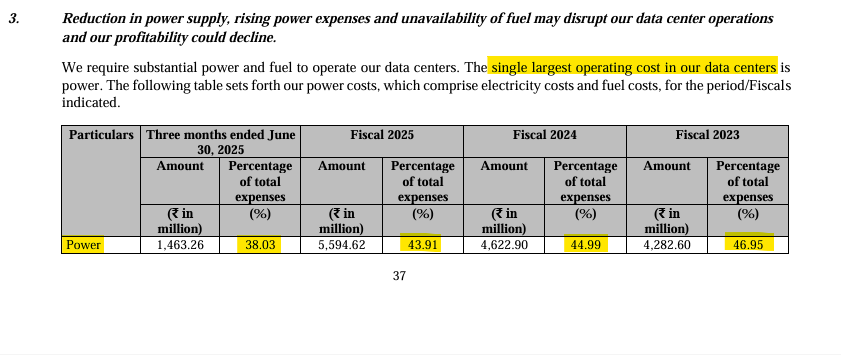

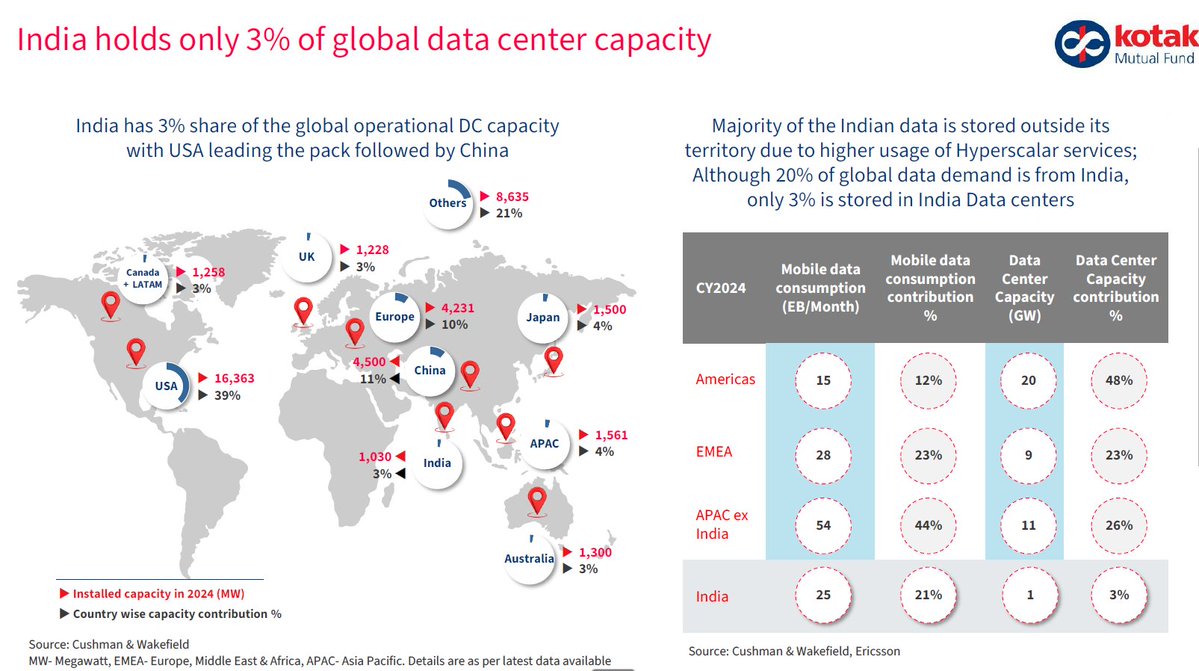

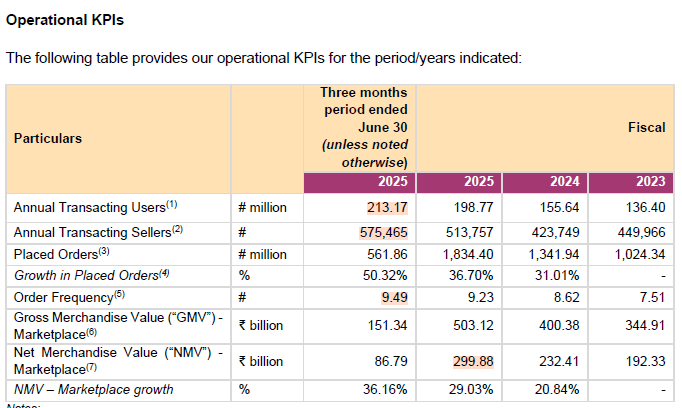




 (1) AI first collections agencies are emerging 🗣️
(1) AI first collections agencies are emerging 🗣️



 First, I think it is important to set the premise of this book:
First, I think it is important to set the premise of this book: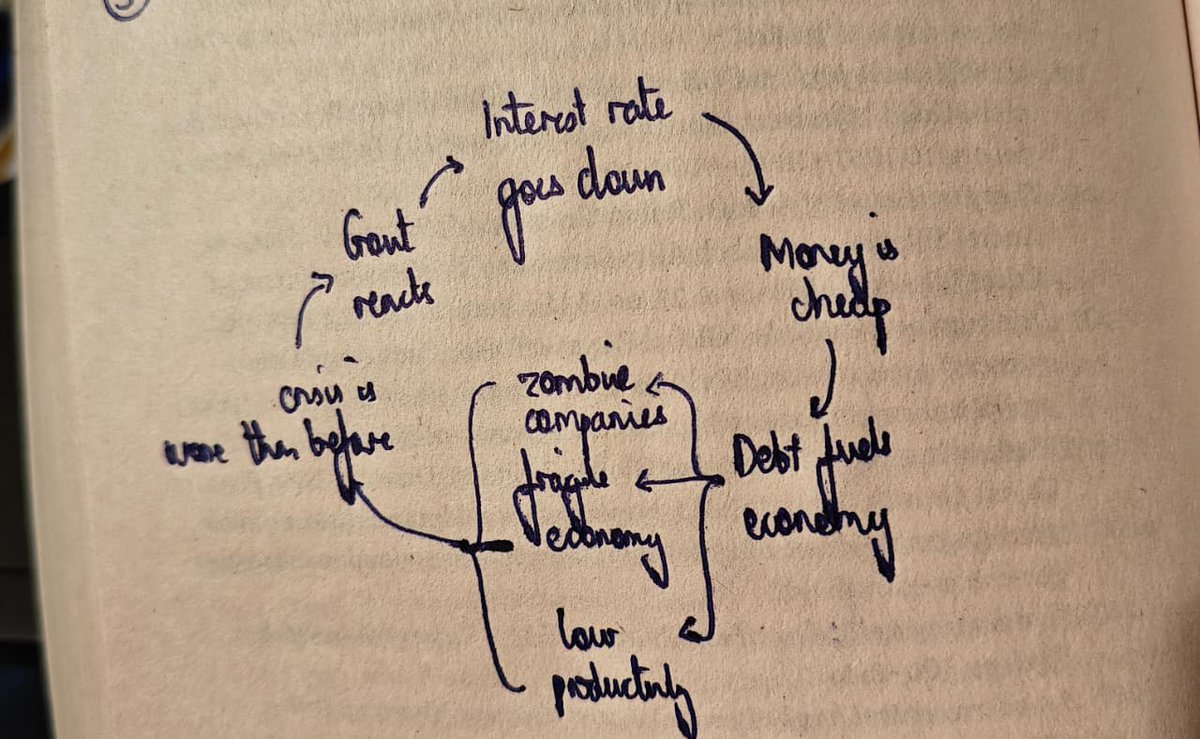




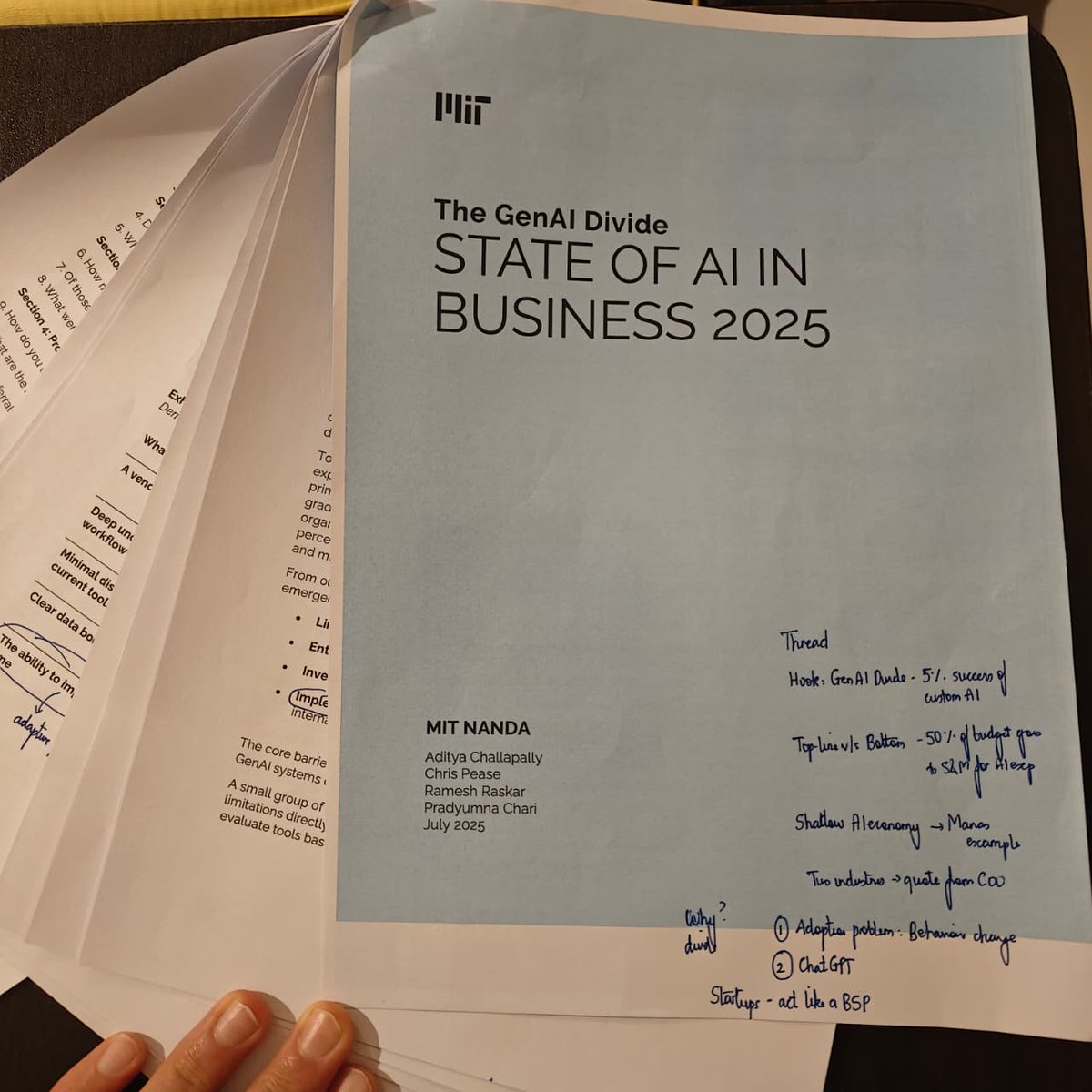
 Which functions are getting the largest AI budget allocation?
Which functions are getting the largest AI budget allocation?